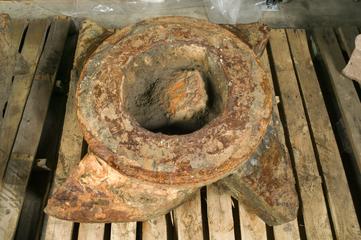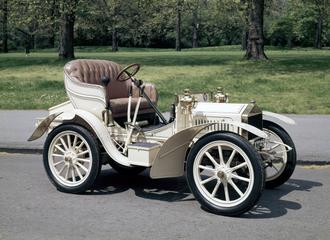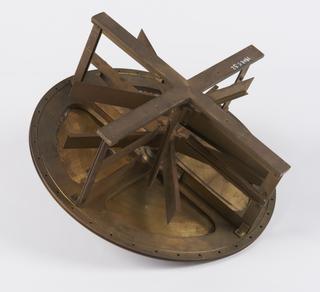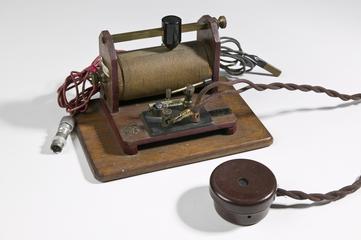
Peel, Williams & Peel steam engine





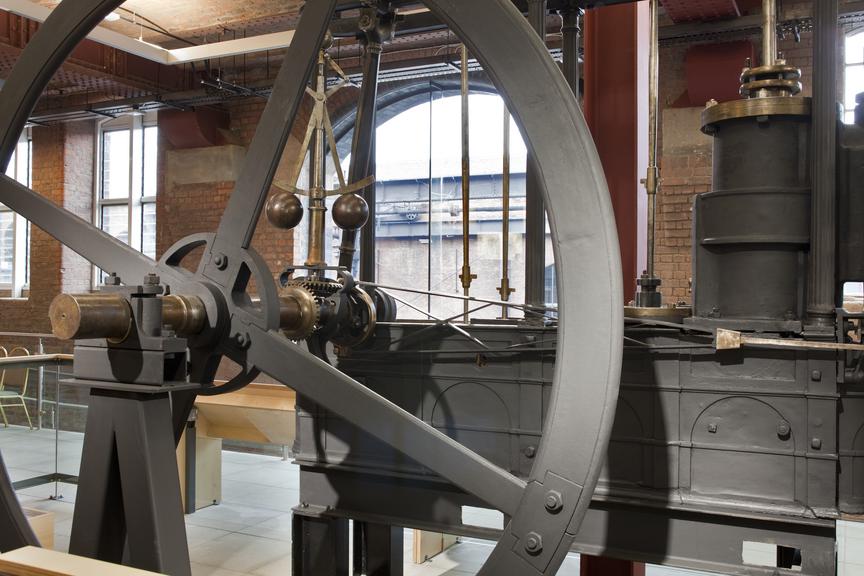


Six-column beam engine made by Peel, Williams & Peel, Manchester, in 1846. It was used at Thomas Redfern’s file-making factory in Portwood, Stockport, where it was in use for 62 years.
The engine has a 12-inch x 20-inch slide valve cylinder, a single plate cast iron beam and a 9-foot flywheel. It works at a pressure of 25 lbs per square inch and runs at 50 revolutions per minute. The engine developed 10 indicated horsepower, the steam consumption being about 40 lbs per indicated horsepower per hour, equivalent to 6 lbs of coal per horsepower per hour.
Two hundred years ago, a cutting-edge steam engine like this could power all the machinery in a workshop.
Manchester engineers developed coal-powered steam engines to drive machinery in the region’s growing number of mills and factories. The idea of powering machinery with coal-powered steam engines triggered a revolution in manufacturing that drove Manchester’s industrialisation. Factory owners installed engines to increase the number and range of goods their workers could make.
This is a beam engine, an early type of steam engine. Owners burned coal to boil water to make steam. The steam expands inside the cylinder, pushing the piston and creating movement. This movement can then be used to power machinery. This type of engine was designed to be a complete, free-standing unit. They were sometimes known as tank bed engines or 'wet bottom' engines due to the condenser tank at the base.
Peel, Williams & Peel, who made this engine, were founded in 1800 as an iron and brass foundry. In 1839 they manufactured a very early locomotive for the newly opened Liverpool and Manchester Railway. The locomotive was named ‘Soho’ after the Soho Iron Works in Ancoats where it was made. Situated in the heart of industrial Manchester by the mid-1800s Peel, Williams & Peel were a successful wide-ranging business described as steam engine makers, iron and brass founders, engineers, millwrights, boiler, gasometer and hydraulic press makers. Their work could be found across Manchester and further afield including a cotton mill in Cumbria and distillery near Cork, Ireland.
Details
- Category:
- Motive Power
- Object Number:
- Y2009.49.1
- Materials:
- cast iron
- Measurements:
-
3030 mm x 1525 mm x 1525 mm,
- type:
- steam engine
